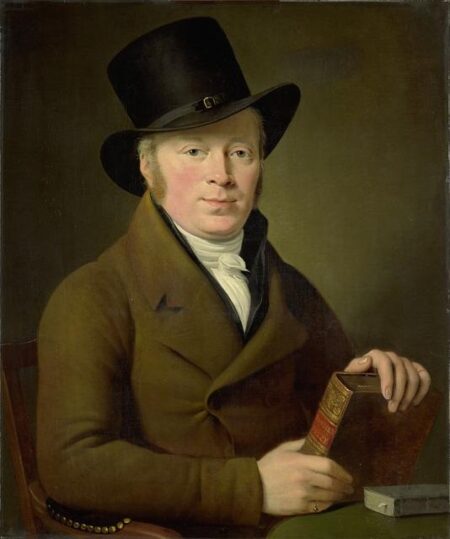The Underrepresentation ‚Äčof Female‚Ā£ Coaches in Professional Tennis: An in-Depth Analysis
In the competitive realm of professional‚Äč tennis, where every‚ĀĘ match point can be steadfast‚Äč by rapid decisions and immense pressure, the number of female coaches remains alarmingly low. ‚ÄĆWhile women ‚ĀĘhave made ‚Äčmeaningful strides as players in this sport, thier representation in coaching roles tells ‚ĀĘa contrasting story. With only a small fraction ‚Ā§of women mentoring elite athletes on both ATP and WTA tours, it raises critical questions about‚Ā§ the obstacles‚Ā§ they face and the systemic issues that perpetuate this imbalance.This article examines the ‚ĀĘintricate factors ‚ÄĆcontributing ‚Ā§too the scarcity of female coaches in professional tennis, shedding light on cultural‚Ā£ norms, historical precedents, and institutional‚Äč barriers that keep these skilled individuals‚ÄĆ from stepping into coaching positions. Through insights gathered from industry experts, former players, and current coaches, we aim to reveal the underlying reasons for ‚Ā£this‚Äć ongoing trend‚Äć while discussing actionable steps toward ‚Äćachieving greater gender equity within tennis.
challenges ‚ÄćFaced by Female Coaches in Tennis
A variety of elements contribute to the limited presence of female‚ĀĘ coaches within professional tennis‚ÄĒmanny rooted deeply within its culture. A significant‚Äč hurdle is pervasive gender bias, ‚Äćwhich influences ‚Äćhiring practices and opportunities available ‚Ā§to women aspiring to coach. ‚Ā£Despite notable successes among female athletes, coaching pathways remain predominantly male-dominated; many sports organizations tend to prefer‚ÄĆ men ‚Äć for‚Äć head coach positions. Furthermore, a lack of visibility regarding successful role models can deter aspiring female coaches from pursuing ‚ÄĆtheir ambitions.
Additional challenges include restricted access to ‚Äćmentorships and networking opportunities. In an industry‚ÄĆ where‚Äč connections are crucial for career progression, many women find themselves without support or guidance. Moreover, financial ‚Ā§considerations play a vital role; with coaching salaries often ‚Ā£lower than those found in male-centric‚Ā£ sports fields, sustaining ‚Äća‚ĀĘ long-term career as a woman coach becomes increasingly difficult. Together‚Äć these challenges create an ‚Ā£uphill battle for women aiming to enter‚ÄĆ or excel within professional tennis ‚Äčcoaching.
Effects of Gender Bias on coaching pathways
The underrepresentation‚ÄĆ of females in coaching roles throughout professional tennis‚Äć is largely ‚Ā£driven by gender bias, which appears in various forms‚Äč across different facets of‚ĀĘ the sport. Although women’s participation ‚ÄĆhas considerably increased over time, their presence behind-the-scenes has not followed suit. This bias ‚Ā£often manifests through scepticism regarding fitness levels, leading ‚Ā£some people to ‚Äčquestion whether female coaches possess adequate knowledge about physical demands or strategic planning ‚Ā£necessary ‚Ā£for success‚ÄĒthus limiting their advancement opportunities.
The dynamics surrounding networking further exacerbate this issue; male-dominated environments frequently result in fewer mentorship chances for aspiring female professionals who‚ĀĘ seek guidance from established ‚ÄĆfigures ‚ÄĆwithin ‚ÄĆtennis.
Institutional barriers also ‚ÄĆplay a part: established sports organizations may hesitate‚Ā£ when considering hiring females due¬†to prevailing stereotypes ‚Äćassociated with gender roles.
The lack¬†of visibility concerning successful women leaders not only discourages young girls from pursuing careers ‚ÄĆbut also shapes how teams perceive feminine leadership capabilities.
A recent study‚ÄĆ highlighted several key factors impacting‚Äč women’s access¬†to coaching opportunities:
| Causal Factor | Description ‚ĀĘOf ‚ÄćImpact |
|---|---|
| Lack Of Networking Opportunities‚Äć | Narrow connections limit exposure & prospects. |
| Poor Media Representation | A dearth leads towards ‚ÄĆabsence¬†of role models . |
| Stereotypes About Competence | Biases undermine credibility among potential candidates‚ÄĆ . |






